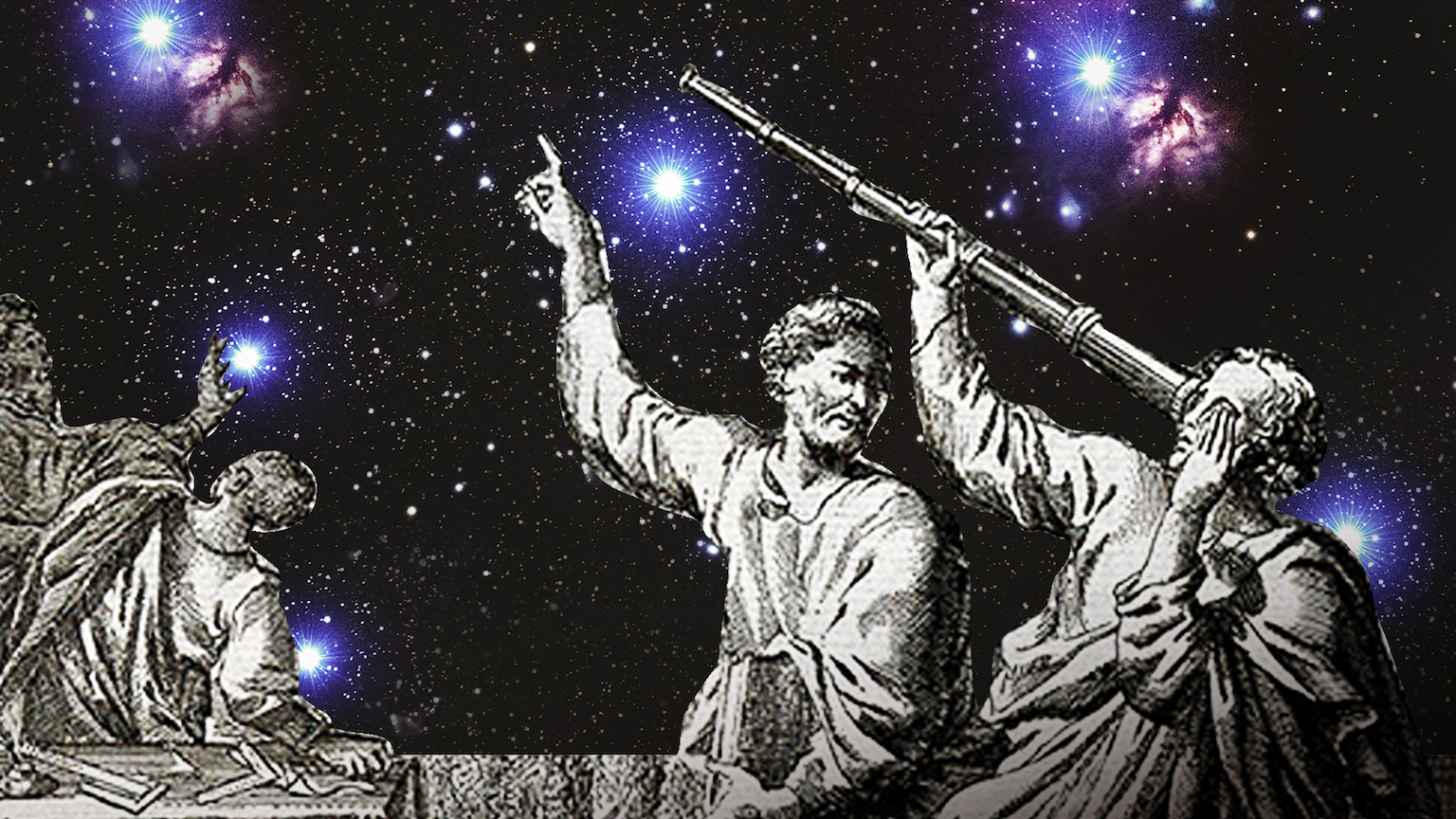As humans, we have always been fascinated by the mysteries of the universe. From ancient civilizations gazing up at the night sky to modern-day scientists using advanced telescopes and spacecraft to explore the cosmos, our quest to understand the universe and our place in it has been ongoing for thousands of years. Today, we have made tremendous strides in our understanding of space, thanks to the fields of astronomy and astrophysics.
Astronomy is the study of celestial objects, such as stars, planets, and galaxies. Astrophysics, on the other hand, is the study of the physical properties and behavior of these celestial objects. Together, these fields allow us to explore the vastness of space and uncover some of its most incredible secrets.
One of the most awe-inspiring sights in the night sky is the stars. These luminous objects are actually massive balls of gas that generate their own light and heat through a process called nuclear fusion. By studying the light emitted by stars, astronomers can learn about their temperature, composition, and age. They can also use this information to map the location and motion of stars in our galaxy and beyond.
But stars are just the beginning. Our universe is home to countless other fascinating celestial objects, such as planets, asteroids, and comets. By studying these objects, astronomers can learn about the formation and evolution of our solar system and gain insights into the processes that shape the universe as a whole.
One of the most intriguing phenomena in the universe is black holes. These are incredibly dense regions of space where the gravitational pull is so strong that nothing, not even light, can escape. Black holes are formed when massive stars collapse at the end of their life, creating a singularity – a point of infinite density – at the center of the black hole. By studying the effects of black holes on their surroundings, astrophysicists can learn about the properties of spacetime and the fundamental laws of physics.
Another area of research in astronomy and astrophysics is the search for life beyond Earth. While we have yet to find concrete evidence of extraterrestrial life, the discovery of exoplanets – planets that orbit stars other than our own sun – has opened up new possibilities for the existence of life elsewhere in the universe. By studying the atmospheres and environments of these planets, scientists can gain insights into the conditions necessary for life to thrive and potentially identify habitable worlds.
In recent years, advances in technology have allowed us to explore space like never before. Telescopes and spacecraft equipped with state-of-the-art instruments are providing us with unprecedented views of the universe and enabling us to make groundbreaking discoveries. For example, the Hubble Space Telescope has captured stunning images of distant galaxies and helped to revolutionize our understanding of the universe. The Kepler space telescope has discovered thousands of exoplanets, providing a wealth of data for researchers to study.
In conclusion, astronomy and astrophysics are fascinating fields that allow us to explore the wonders of space. From the stars that light up our night sky to the mysterious black holes that lurk in the depths of the universe, there is no shortage of incredible phenomena to discover. By studying these objects and phenomena, scientists are gaining insights into the fundamental laws of the universe and uncovering new possibilities for the existence of life beyond our own planet. As we continue to make advances in technology and expand our knowledge of space, the wonders of the



